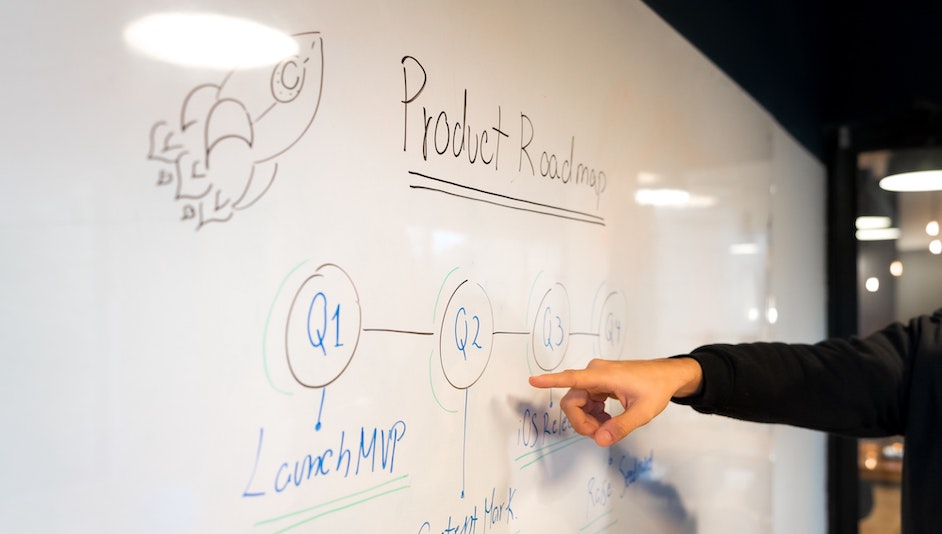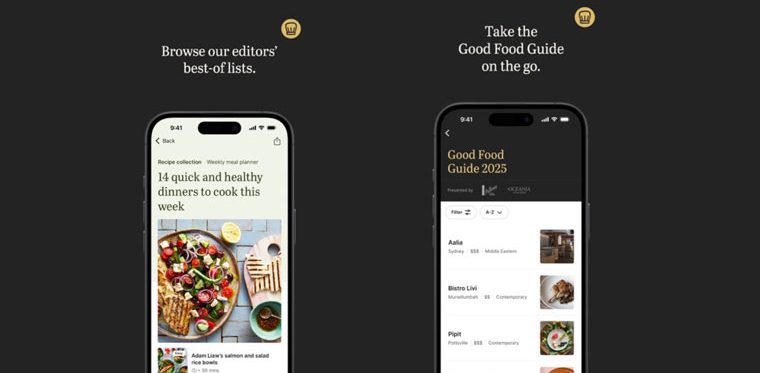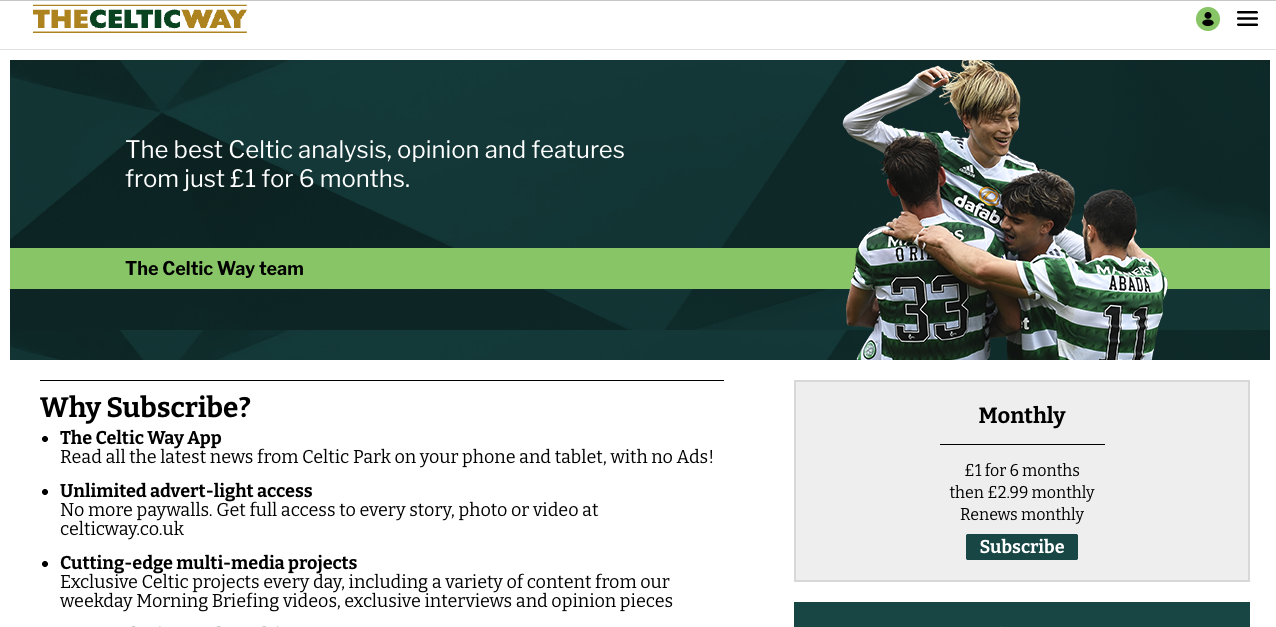
Newsletter
Newsletter
Product management playbooks galore feature in this edition of the Bulletin that have delivered 54% digital circulation growth for SPH and 25 m content views for a four-month-old fashion start-up.
16th November 2022

In the Pugpig weekly media bulletin, Pugpig’s consulting services director Kevin Anderson distills some of the best strategies and tactics that are driving growth in audiences, revenue and innovation at media businesses around the world.
Singapore Press Holdings is the powerhouse of the city-state’s media establishment, with eight newspapers, five radio stations, 10 magazines and more than 50 websites and mobile apps. The group boasts digital circulation growth of 54%.
Sign up to get the Media Bulletin in your inbox.
Building the right products often requires building the right culture, and Gaurav Sachdeva, Chief Product Officer, SPH Media, recently talked about his approach at WAN-IFRA’s Indian Media Leaders eSummit. Sachdeva came to SPH in 2018 from Grab, the Asian ride sharing, delivery and finance super-app. Before getting to the hard work of digital transformation, he first listened to his teams to understand what was working for them and also their pain points.
After this, he developed and communicated core guiding principles of developing and delivering products at SPH:
One key thing that Sacheva did was to engage both commercial and editorial stakeholders in developing products. Engineers and product managers attend editorial meetings, and editors attend scrum meetings so that relationships and empathy are developed across the organisation. Just as a good product manager builds empathy with their customers, this process helped managers and staff from across the organisation develop empathy for each other as they worked together.
They also developed a prioritisation process. Audience needs come first, but they also determined which metrics to use to develop an ROI framework. This makes teams consider the impact of any initiative on subscription or advertising revenue but also how a project might affect the productivity of teams. The process has led to the successful development of e-paper editions, a digital audio offering from their radio stations and a photo licencing service from their own archive as well as from user contributions. Those who contribute get a share of the revenue from sales of their photos.
When you’ve got an established site, app or digital services, you have a wealth of data from any number of analytics platforms that can help inform product decisions, but when you are launching a new product or entering a new market, you might lack the data that could guide you to product-market fit. Ana Bakalinova, the head of product at Eliza, a start-up with the Daily Mail and General Trust, believed that while she could tap into the wealth of data available from her parent company that she instead wanted in-depth qualitative data to fully understand the behaviour and needs of Eliza’s target market, Millennial women.
“We need to go to speak to these women. We need to understand who they are. We think we know. We have all this data. But do we really know without talking to them?” Bakalinova told INMA’s Product and Data for Media Summit.
The challenge was how the small team of four could gather rich face-to-face interview data. Using a snowball sampling method, the team reached out to their friends and families, who reached out to their friends and families. Their interviews uncovered that Millennial were frustrated with the homogeneity of styles on Instagram and Amazon, and they were underwhelmed with their experience of online shopping. The fashion never looked as good as it did in the online shops. However, they also felt like they never had anything to wear. As INMA’s Elaine Sung said, they wanted maximum convenience with minimum frustration.
This informed personas and the curation decisions that Bakalinova and the Eliza team made. Only four months after launch, they now have 25 m content views across their website and social media presence on TikTok and Instagram, and one PR firm has dubbed the service “the fastest growing social media presence in fashion”.
The article encourages people not to rely on data. However, any researcher will tell you that such in-depth interviews are data and an incredibly rich source at that. Moreover, these interviews can help you establish a dialogue and relationship with your audience and customers. Quantitative data can tell you what your users are doing, but qualitative data can tell you why they are doing it.
There is a theme emerging in this newsletter, which on a high level speaks to the increasing role of product management in media companies and then delves into the various product development and management techniques they are employing. Joy Robins, the chief revenue officer at the Washington Post, spoke to What’s New in Publishing’s Jez Walters about what her team of 300 was focusing on, and like the other examples in the newsletter, she spoke about a product focused on audience needs. “Our entire business strategy is rooted in our audience insights, and being able to better serve our readers,” she said.
And in a time of economic uncertainty, she believes that the conversation can’t be about advertising or subscriptions but rather a wholistic view of the business. And with a recent subscription price rise, they know that they need to be focused on the value that they are delivering to their audiences. And to do that, if there is one thing she would do differently in the past, she would have leaned into first-party data even earlier than she did to support their strategy of converting unknown users to known ones.
And the Washington Post is considering going against the grain. While we’ve recently spoken about how publishers are creating new digital bundles to drive subscription revenue growth, the Washington Post might make a move in the opposite direction. To achieve their goal of 5m subscribers by 2025, their team is considering a lighter subscription package, Robins said. Instead of the New York Times’ effort to drive subscribers to a pricier all-access bundle, the Post is considering a less expensive subscription product that offers more limited access.
And what has them thinking about this? “In-depth qualitative interviews around the correlation between price, access and willingness to subscribe,” she said, which neatly brings together all of the themes we’ve just covered.
If you would like to speak to the Pugpig Consulting Services team about how to use qualitative research to inform your products or subscription strategy, please get in touch at info@pugpig.com.
Here are some of the most important headlines about the business of news and publishing as well as strategies and tactics in product management, analytics and audience engagement.

Newsletter

Newsletter

Newsletter

Newsletter

Newsletter